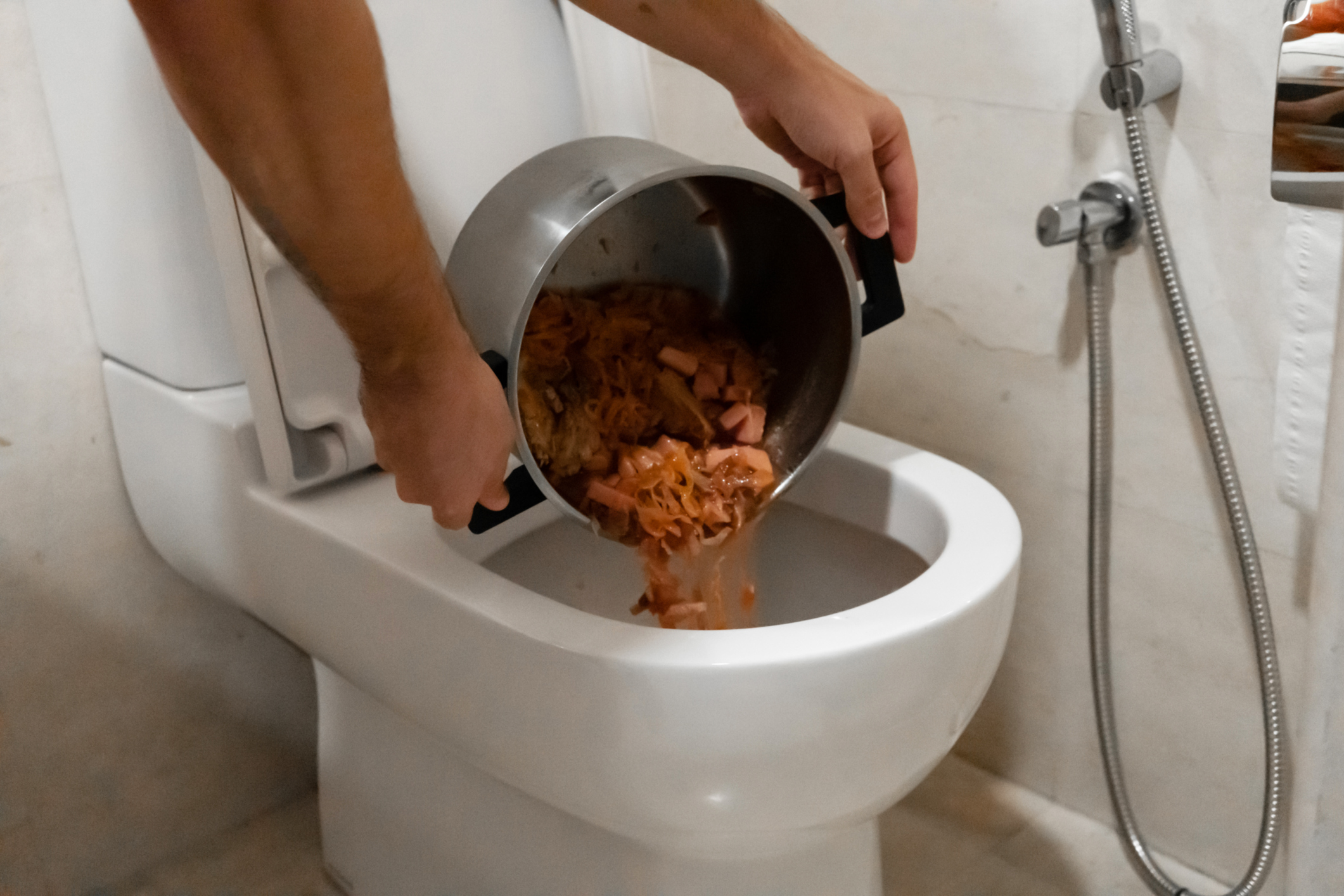Is it Allowed to Flush Food Down the Toilet?
Is it Allowed to Flush Food Down the Toilet?
Blog Article
Any individual seems to have their private notions in relation to Flushing Food Down the Toilet?.

Intro
Lots of people are typically faced with the dilemma of what to do with food waste, especially when it concerns leftovers or scraps. One typical question that arises is whether it's okay to flush food down the bathroom. In this write-up, we'll delve into the reasons that people may take into consideration flushing food, the effects of doing so, and alternative techniques for proper disposal.
Reasons why individuals might consider flushing food
Absence of understanding
Some people might not recognize the possible injury brought on by purging food down the commode. They might wrongly believe that it's a harmless technique.
Benefit
Flushing food down the bathroom may look like a quick and simple option to getting rid of unwanted scraps, especially when there's no nearby trash can readily available.
Idleness
Sometimes, people might just select to flush food out of sheer laziness, without taking into consideration the effects of their activities.
Repercussions of flushing food down the toilet
Ecological impact
Food waste that ends up in rivers can contribute to contamination and injury marine environments. Furthermore, the water made use of to flush food can stress water sources.
Plumbing issues
Purging food can bring about blocked pipelines and drains pipes, causing pricey plumbing repair work and inconveniences.
Types of food that need to not be flushed
Coarse foods
Foods with fibrous appearances such as celery or corn husks can get tangled in pipelines and cause clogs.
Starchy foods
Starchy foods like pasta and rice can absorb water and swell, resulting in clogs in pipes.
Oils and fats
Greasy foods like bacon or food preparation oils must never be purged down the toilet as they can strengthen and create clogs.
Appropriate disposal techniques for food waste
Using a waste disposal unit
For homes furnished with waste disposal unit, food scraps can be ground up and purged via the pipes system. Nonetheless, not all foods appropriate for disposal in this manner.
Recycling
Specific food product packaging materials can be recycled, reducing waste and reducing environmental impact.
Composting
Composting is an environmentally friendly method to get rid of food waste. Organic materials can be composted and used to enrich soil for gardening.
The significance of proper waste monitoring
Minimizing ecological harm
Correct waste management practices, such as composting and recycling, help minimize contamination and maintain natural deposits for future generations.
Securing plumbing systems
By avoiding the technique of flushing food down the commode, homeowners can stop pricey plumbing repairs and preserve the integrity of their plumbing systems.
Conclusion
In conclusion, while it might be alluring to flush food down the toilet for ease, it is essential to comprehend the potential repercussions of this activity. By adopting correct waste administration methods and disposing of food waste sensibly, individuals can contribute to much healthier plumbing systems and a cleaner atmosphere for all.
FLUSH FOOD DOWN THE TOILET?
FLUSHING FOOD CAN CAUSE BLOCKED DRAINS IN YOUR HOME
All of the plumbing fixtures in your home are connected to the same sewer pipe outside of your home. This outdoor sewer pipe is responsible for transporting all the wastewater from your home to the Council sewer mains. Even small pieces of food that go down the kitchen sink can cause problems for your sewer. It should therefore be obvious that flushing larger bits of food, such as meat, risks a clog in either the toilet itself or the sewer pipes. Flushing greasy food is even more problematic because oil coagulates when it cools, coating the interior lining of your pipes.
THE TOILET IS NOT A BIN
Food isn’t the only thing that people shouldn’t be flushing down the toilet. People use the toilet to dispose of all kinds of things such as tampons, makeup wipes, dental floss, kitty litter and even underwear. Water goes to great lengths to educate residents about the high costs and stress placed on wastewater treatment systems simply from people flushing the wrong stuff down the toilet. It costs taxpayers millions of dollars each year, and homeowners thousands in blocked drain repairs.
FLUSHING FOOD IS A WASTE OF WATER
Flushing food is a waste of our most precious resource - water. In June this year Level 1 water restrictions were introduced to protect water supply from drought conditions. Much of New South Wales continues to be affected by prolonged drought with recent figures revealing up to 97 per cent of the state remains in drought. Depending on whether you have a single or dual flush toilet, every single flush uses between five and 11 litres of water. In the current climate this is a huge amount of water to be wasting on flushing food that should be placed in the bin (or better yet, the compost).
https://www.jabplumbingsolutions.com.au/blog/can-you-flush-food-down-the-toilet

I came across that write up on Think Twice Before Flushing Food Down Your Toilet when exploring the web. You should pause to share this blog if you enjoyed reading it. Thank you so much for taking the time to read it.
Additional Resources Report this page